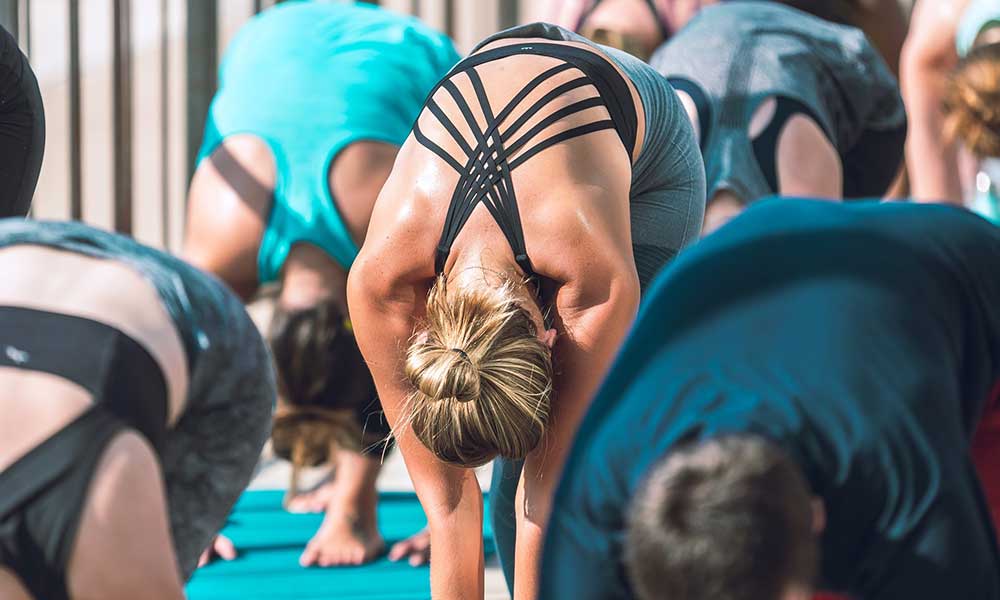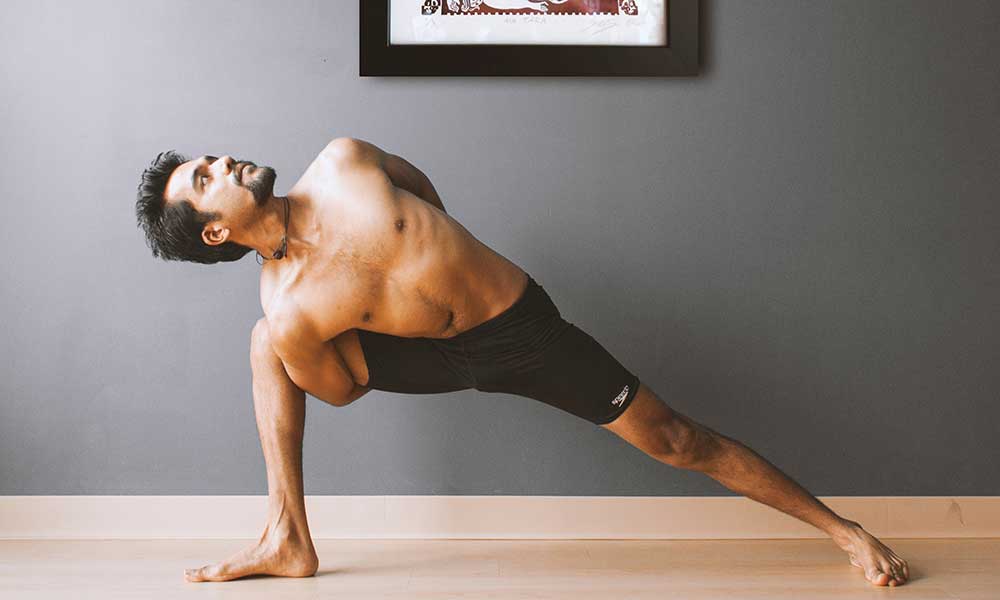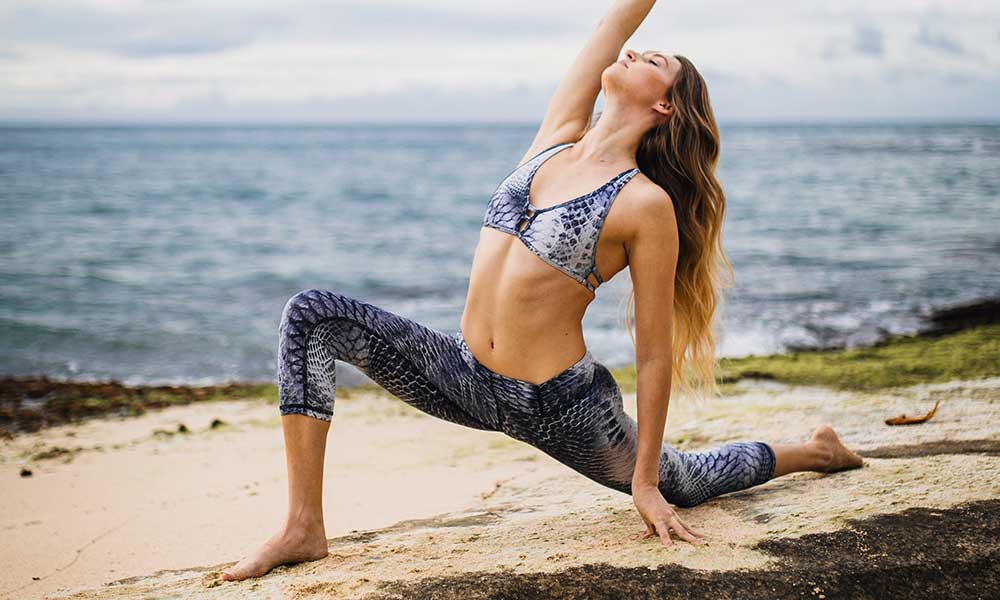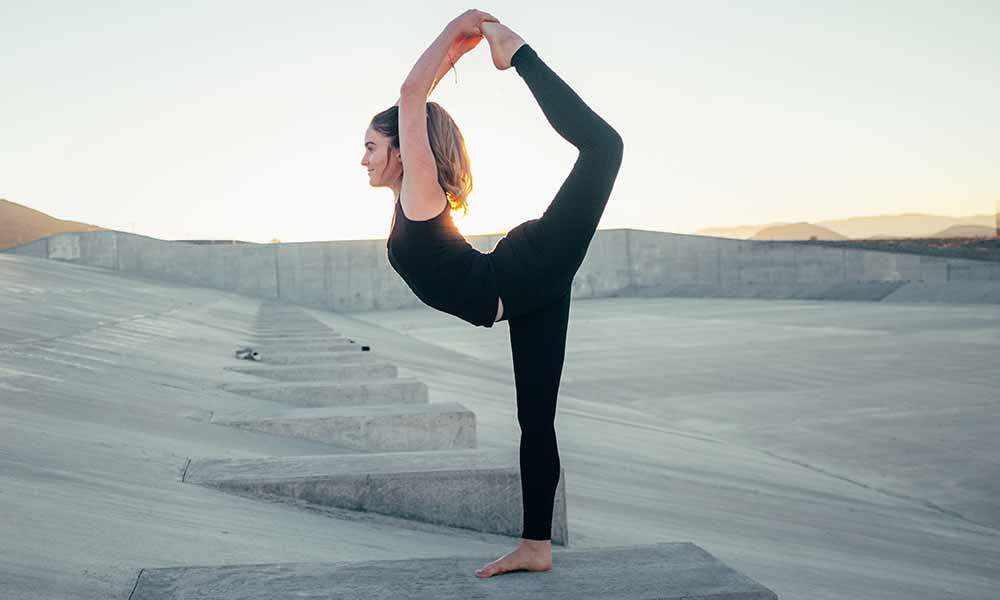Yoga in the United States has evolved drastically over the last few decades.
With a wide variety of classes to choose from, there is now a yoga class for everyone. Recently, “gentle yoga” has been increasing in popularity and filling up yoga studios across the nation.
While the term “gentle yoga” was originally used broadly to include different types of slower-paced yoga, it’s also been used alone as a title for some yoga classes offered at studios.
Keep reading to learn more about gentle yoga.
What Is Gentle Yoga?
You don’t have to take a sweaty, strenuous asana-based class to experience all the benefits that yoga has to offer.
Gentle yoga is a category of various yoga styles that can be taught by a variety of yoga instructors.
Gentle yoga is intended to be easier on the body, non-strenuous, quiet, meditative, and restorative.
In most cases, gentle yoga is just a gentler form of Hatha Yoga.
The positions are less intense and there is usually a much stronger emphasis on meditation and breath work.
In a gentle yoga class, there will typically be more warm-up postures that are held for longer periods of time.
Modifications are often offered by the instructor to ensure that everyone has access to the benefits of yoga without hurting themselves.
You can expect to experience a lot of stretching and seated poses at your own pace for maximum comfortability.
The amazing thing about gentle yoga is that pretty much anyone can practice, regardless of age or physical condition.
Even those with injuries, pain or mobility and flexibility issues can practice gentle yoga.
Additionally, it’s a go-to yoga style for anyone who feels like they aren’t flexible enough to try yoga.
Types Of Gentle Yoga
Gentle yoga is generally used as a broad term to define various styles of slow-paced yoga that are easy on the limbs.
Here are some of the most common types of gentle yoga:
- Yin: While Yin Yoga isn’t the easiest style of yoga, it is still considered gentle due to the incredibly slow pace of the practice. In Yin Yoga, participants will do a series of mostly floor poses that are held for 3-5 minutes at a time. The poses are intended to give you a deep stretch in the muscle tissue for an intense physical release. The reason why this class is more difficult than other styles of gentle yoga is due to the extended length of time that the poses are held in. This can be mentally challenging for some but is effective in improving focus and concentration. If you are someone who consistently practices more athletic forms of yoga, Yin is a good addition to your regimen to add balance to your mind and body.
- Restorative Yoga: If you’re looking for a yoga class that feels similar to a sweet nap, restorative yoga is the perfect class for you. The poses you will do in a restorative yoga class are gentle and relaxing, oftentimes supplemented by props like pillows and blankets. The poses are typically held for up to 10 minutes (or longer) so that your body gets a chance to fully relax. In restorative yoga, the objective is less about stretching and more about opening up the muscles in the body with support so that your mind and nervous system can really let go into a deep relaxation.
- Kripalu Yoga: This style of yoga founded by Swami Kripalu teaches its students to be mindful and gentle. Derived from Hatha, Kripalu classes have been described as “meditation in motion.”
- Chair Yoga: This class uses a chair for the majority of the yoga poses to provide support. This is an ideal yoga class for seniors and anyone with a medical condition.
- Gentle yoga (Hatha): If you ever attend a yoga class titled “gentle yoga,” you can assume that it is going to be a gentler version of Hatha Yoga. Usually, gentle yoga classes will incorporate basic yoga poses in a much slower, low-impact way. By the end of a gentle yoga session, you can expect to feel stretched out, calm, and rejuvenated.
Benefits Of Gentle Yoga
Gentle yoga focuses primarily on quiet reflection, mindful breathing and relaxation.
It allows us to leave the session feeling relaxed and flexible in our bodies and calmed in our mind.
Gentler yoga practices provide us with spiritual and physiological rejuvenation without having to exert our bodies in sweaty, strenuous activity.
These are some of the benefits of gentle yoga:
- Engagement of the parasympathetic nervous system.
- Improved digestion.
- Lowered stress levels.
- Enhanced ability to relax and heal.
- Improved ability to fall asleep if done at night before bed.
Even if you are an avid hot yoga junkie who enjoys a rigorous asana session, there are benefits to be gained by taking a gentle yoga class just once a week.
Gentle yoga classes help you to avoid yoga burnout, restore your body, and get to know yourself in unique ways.
Who Is Gentle Yoga Good For?
Anyone can enjoy the benefits of gentle yoga, but it is an especially ideal practice for:
- Beginner students who want to dip their toes into yoga.
- People who have limited physical capabilities due to fitness, strength, mobility, or flexibility.
- Seniors.
- Those with chronic illness or injuries.
- Pregnant women.
- Overweight students.
- Patients in recovery from surgery or chemotherapy.
- Anyone wanting to incorporate a slow, mindful and meditative yoga session into their weekly routine.
Frequently Asked Questions (FAQs)
Here are the most common questions people have about gentle yoga.
What does gentle yoga involve?
Gentle yoga is a slow-paced, low-impact style of yoga that is intended to provide a safe, compassionate, and non-competitive environment for people of all ages and skill-levels.
What is gentle yoga good for?
Gentle yoga is good for anyone wanting to partake in a relaxing, meditative practice that rejuvenates the mind and body.
If you are someone who consistently takes rigorous yoga classes, incorporating a gentle yoga session into your routine at least once a week will help to restore balance in the body.
What types of yoga are gentle?
Yin, restorative, gentle Hatha, and chair yoga are often considered types of gentle yoga.
What is the difference between gentle and restorative yoga?
Gentle Hatha Yoga consists of basic yoga poses that are done in a slow, low-impact way with modifications provided by the yoga instructor.
Gentle yoga focuses on stretching and doing asanas at a slow, relaxing pace.
Restorative yoga is more like a long, meditative nap.
In restorative yoga, it is common to use props such as blankets and pillows.
Poses are held for as long as ten minutes and focus on opening the muscles in the body with support.







